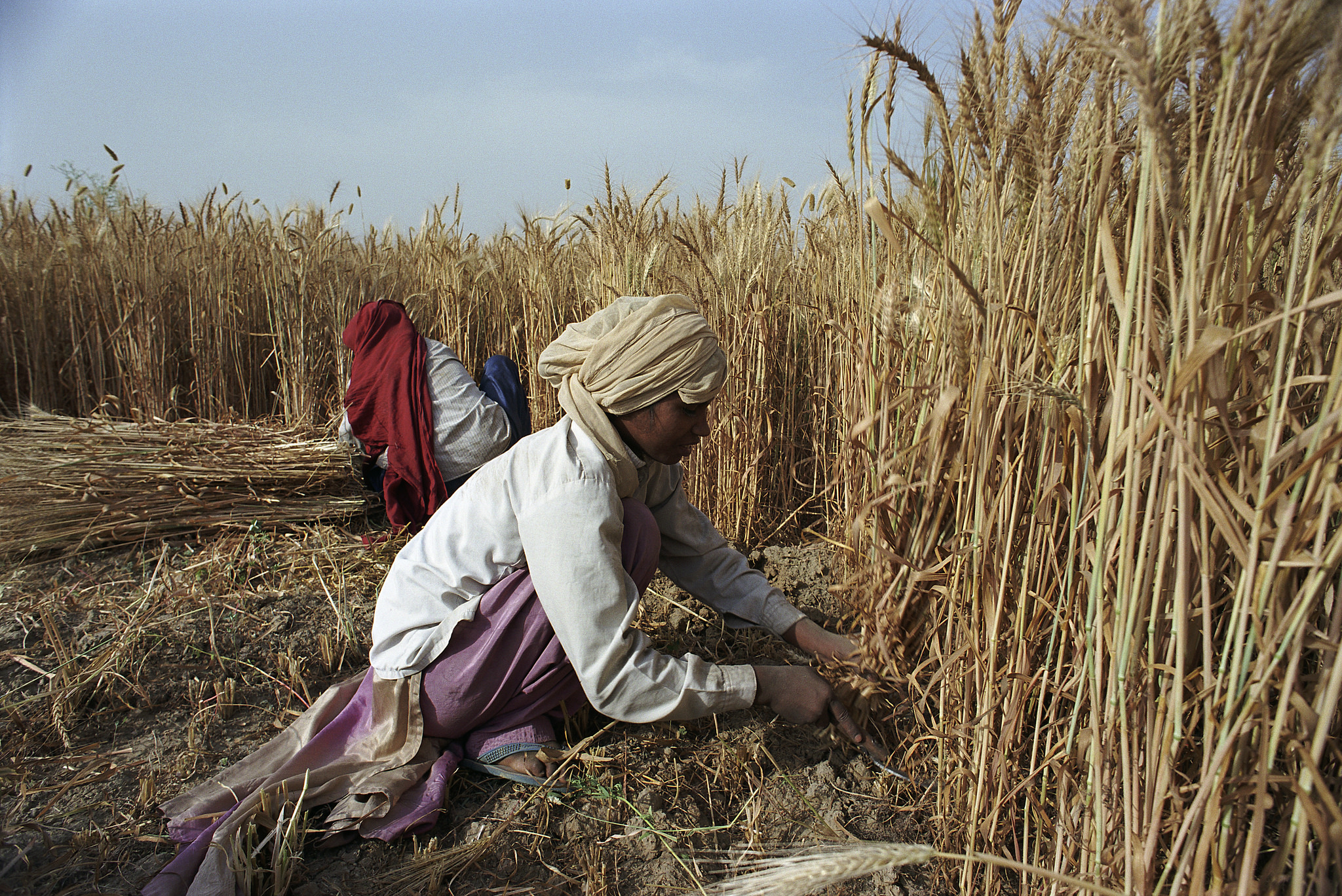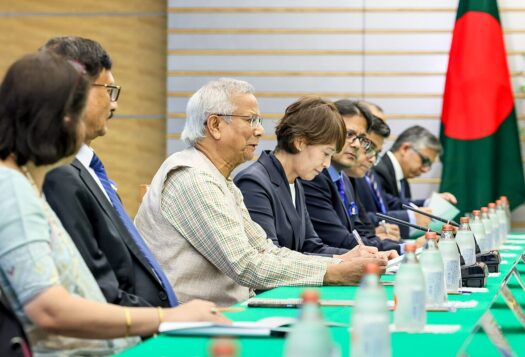
Over the last year or so, there has been an increased focus on studying the extent to which the Indian economy has seen a growth in new regular, formal employment opportunities across occupational sectors. At the same time, there remains a limited focus on observed trends in declining wage growth levels for both high-skilled and low-skilled workers across India—taking into account discrepancies between urban and rural areas, and between male and female workers. A persistent decline in wage growth levels for Indian workers indicates lower (or stagnating) income levels, which negatively affects the possibilities of consistent economic growth in the future.
Downward Trends
Recent data from the Wage Indicator Foundation, along with earlier work on wage level analysis, indicate that from 2014 to 2018, both low-skilled and high-skilled workers saw a drastic dip in average wage growth levels. For example, in 2017, low-skilled workers in India on an average earned around INR 10,300 (USD$147) per month, compared to INR 11,900 (USD$170) per month in the previous year. Between 2014 and 2017, the average income for low-skilled workers—employed in occupations such as construction, small- and medium-scale manufacturing, and other sectors—decreased from INR 13,300 (USD$190) per month to INR 11,625 (USD$166) per month.
For high-skilled workers, average incomes decreased from INR 48,100 (US$688) per month in 2016 to around INR 44,000 (US$572) per month in 2017. In 2014, despite a lower level of economic growth (compared to today’s growth rate), the average daily wage rate in India was INR 272.19 (US$3.89) per day, an increase from INR 255.65 (US$3.66) per day in 2013. This rate has been falling ever since 2014. Thus, despite the reported rise in India’s rate of economic growth from 2014 to 2018, average wage growth has sharply declined since 2014.
Economists use the term “stickiness” to describe the phenomenon of workers’ earnings not improving with changing conditions of economic growth. One of the reasons for the stickiness of India’s wage growth levels can be attributed to a low consumer inflation rate, measured through Consumer Price Index (CPI) levels. Between 2014 and 2017, India’s CPI was low (in the range of 3-4 percent) thanks to a prudent, tight macroeconomic monetary policy that was further complemented by other factors, providing most wage earners with higher disposable incomes (income for spending).
Since 2017, with the rise in crude oil prices, India’s CPI inflation rate has been gradually rising; today it stands at around 4-5 percent. Over the medium to long term, a rising CPI adversely affects the purchasing power of employed workers by reducing their real incomes. As the costs of goods and services rise in proportion to a worker’s total income, the worker’s purchasing power decreases. The current trend of a depreciating rupee will further add to the woes of middle-income consumers as the rupee’s purchasing value for essential goods and services continues to fall (unless the depreciation rate is kept in check by the Reserve Bank of India).

Rural-Urban and Gender Divides
In terms of the rural-urban divide, the observed trend of declining rural wage growth is continuing, largely due to lower farm incomes and limited higher-income employment opportunities in rural areas. In rural areas where most occupied workers are employed in farming, low levels of wage growth are likely to continue, unless agri-pricing reforms are implemented.
Further, within rural areas, the gendered distribution of income reflects surprising trends. The average wage rate for working men in rural areas fell to 3.09 percent in January this year, compared to 6.57 percent a year ago. In contrast, wage growth levels for working women in rural areas seem to have increased from previous years—however, this statistic is misleading, as a small proportion of Indian women are formally employed to begin with. Higher wage growth for women in rural areas has thus been possible under conditions where an extremely low percentage of women are entering the regular-wage employment bracket to begin with.
Political Implications
In short, wage-level data indicates that all is not well for Indian workers—particularly women, rural workers, and low-skilled workers. Declining wages could be an important subject of political debate in a hotly-contested election year. Recently, thousands of farmers from across the state of Maharashtra marched for more than 200 kilometers to Mumbai in protest against low farm incomes, expressing their dissatisfaction against the state and central governments. Going forward, maintaining positive wage growth levels across occupations remains critical for economic growth in a country like India, which is predicted to have the world’s largest workforce by 2027.
***
Image 1: Adam Cohn via Flickr (cropped)


